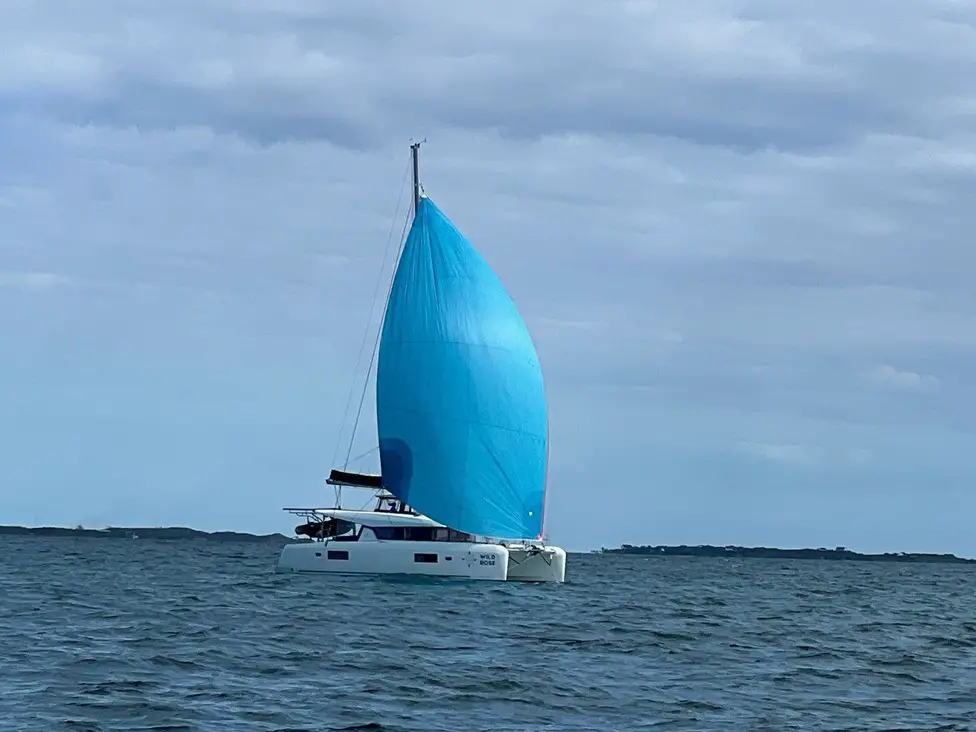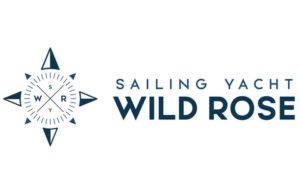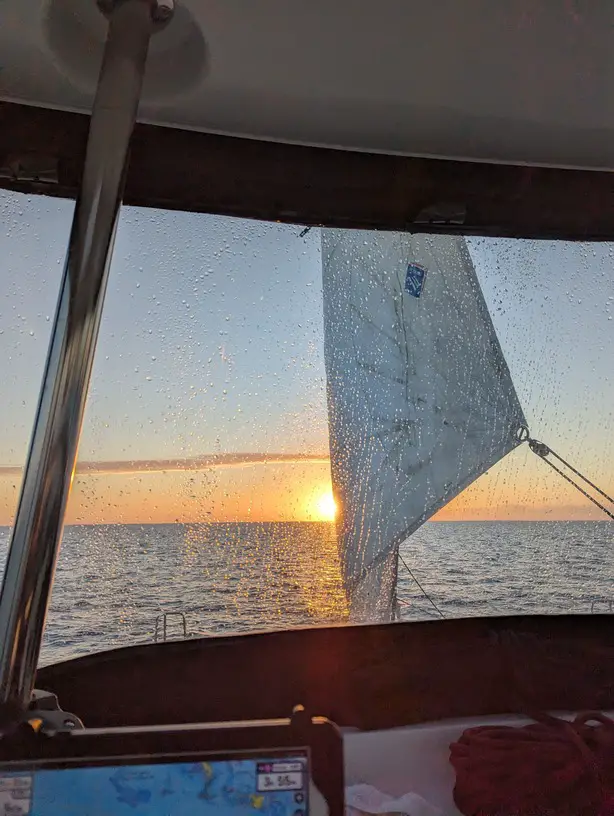A lot depends on the speed of your boat, wind conditions, and what your exact ports of departure and arrival are, but usually sailing across the Atlantic takes about three weeks.
Routes
There are generally three main sailing routes to cross the Atlantic. It depends where you are, and where you are trying to go. They are the North Atlantic Route, the South Atlantic Route, and the Trade Winds Route.
Below is a table with the most common routes used to sail across the Atlantic Ocean. It included approximate distances and time it takes to cross based on average conditions.
| Route | Distance | Time |
| Bermuda to Azores | 1800 miles | 12-14 days |
| BVI to Bermuda | 950 miles | 7-9 days |
| Gibraltar to Canaries | 800 miles | 6-8 days |
| Gibraltar to Azores | 1300 miles | 9-11 days |
| Azores to Dublin | 1500 miles | 10-12 days |
| Cape Town to St. Helena | 2000 miles | 13-17 days |
| Canaries to St. Lucia | 3000 miles | 19-24 days |
| Canaries to Cape Verde | 1000 miles | 7-9 days |
| Cape Verde to St. Lucia | 2400 miles | 15-20days |
| Annapolis to Bermuda | 800 miles | 6-8 days |
| Cape Town to Rio de Janiero | 3700 miles | 23-27 days |
| Cape Town to St. Lucia | 6200 miles | 40-46 days |
| St. Helena to St. Lucia | 4300 miles | 28-31 days |
Speed
Many things affect speed on your yacht, waterline, sail plan, point of sail, cleanliness of hull, capability of crew. The times listed are for your average sailing yacht. If you are aboard a 60 foot performance catamaran your speeds are going to be much faster, as well if you are aboard a 26 foot pocket cruiser you are probably going to be spending more time at sea.

North Atlantic Route
Generally speaking, this is the route from the Caribbean or North America to Europe. There are a few ways to do this, you can go from the East Coast of the US and/or the Caribbean to Bermuda, then from Bermuda to the Azores. The Azores is a great jumping off point to Ireland, Northern Europe, France, or even to the Mediterranean for the summer yachting season.
The Bermuda to Azores route takes about two weeks.
Sometimes sailors go directly from further up the East coast of North America like Maine or even Canada directly to Europe or the Azores. Be wise not to leave too early in the summer because ice coming from the Arctic circle could ruin your trip.
Most of this route is possible because of the weather phenomenon called the North Atlantic High. The North Atlantic High is a consistent high pressure system that develops over the North Atlantic that creates a clockwise flow of air making it easier to sail from Bermuda to the Azores.
South Atlantic Route
For many circumnavigators this is the route they take from the Indian Ocean to South American and then on to the Caribbean. Many sailors on this route opt to stop in St. Helena to break up the passage. They then move on to Brazil or straight to the Caribbean. Not many people in the world can say they have been to St. Helena, an island literally in the middle of the South Atlantic.
Trade Winds Route – Mediterranean to Caribbean
This is one of the most common routes in the Atlantic. Hundreds of yachts sail from the Mediterranean to the Caribbean every winter utilizing the trade winds to sail directly downwind. From Cape Verde you can make it in under three weeks. If you are leaving from the Mediterranean to the Caribbean you can first stop in the Canaries, then move on to Cape Verde, then finally towards the Caribbean.
This is a great route, because you can chop it up into smaller sections for rest, provisioning, to pick up additional crew, or to make repairs.
Times of the Year to Go
The times of year to plan your route revolve around hurricane season. Hurricane season lasts generally speaking from June to November. Currently the insurance for my sailboat requires that I be out of the hurricane box from 1 July to 1 November.
Insurance actuaries know the mathematical statistics of a hurricane far more accurately than anyone else. Their companies are betting millions of dollars a hurricane isn’t going to occur in December.
For practicality sake, most hurricanes happen in the heart of hurricane season: August through October. They start as small storms usually spinning off the coast of West Africa near the Cape Verde Archipelago that pick up steam rolling towards the Caribbean. They also often start to organize into a weather system anywhere in-between.
So when should you begin your crossing?
Well, if you are going from the Mediterranean to Caribbean you can plan to leave Cape Verde in late November. So you can plan to be in Cape Verde a week or so ahead of that to provision and do any last minute repairs before the crossing.
So you need to plan leaving the Med, Canaries or other points to put your near Cape Verde during your window.
This window is open for months, but most sailor heading toward the Caribbean want to spend the winter there, so getting there early is the goal. You would be wise to check with the National Hurricane Center on a daily basis weeks before your passage to make sure hurricane activity has ended.
Conversely, if you are go from the Caribbean or North America to Europe you want to go in the spring or summer.
ARC – Atlantic Rally for Cruisers
The World Cruising Club organizes the Atlantic Rally for Cruisers (ARC) and ARC+ rallys. They leave in November and organize safety and weather briefings, parties, and fun competitions. For a new sailor this could be a great way to cross the Atlantic.
They sail from the Canary Islands directly to St. Lucia (ARC), or via a stop in Cape Verde (ARC+).
Sail Plan
My boat was sailed across the Atlantic on the tradewinds route in late January with two sails, the main and jib. So, specialized sails are not 100% necessary, but they are nice to have. Sometimes If there isn’t much wind it is nice to have a lighter wind sail like a spinnaker, parasailer, or code zero specifically built for downwind sailing.
These are not necessary, but in light winds can save a lot of fuel or mean the difference between being able to sail or having to motor.

Records
There are records for transatlantic sailing. These are from one point to another point. With the advent of modern carbon fiber yachts, professional crews and space age sail material these boats go in excess of 30 knots, whereas your typical cruising yacht will go around 6-8 knots.
Ambrose Lighthouse, New York – Lizard Point, United Kingdom – 5 days, 14 hours, 21 minutes and 25 seconds by Comanche
The ARC course record is 8 days, 6 hours, 29 minutes and 15 seconds, held by Rambler 88

